Southeast Asia is like that friend who always has the coolest stories to tell. From ancient temples that have watched empires rise and fall to modern architectural marvels that pierce the sky, this region packs more jaw-dropping landmarks into its borders than seems physically possible.
The diversity here is staggering—you can explore thousand-year-old ruins in the morning and snap photos at futuristic skyscrapers by afternoon. Each country in Southeast Asia brings something unique to the table, whether it’s Indonesia’s volcanic landscapes, Thailand’s golden temples, or Singapore’s cutting-edge cityscape.
These landmarks aren’t just pretty faces either—they’re living pieces of history that tell the story of how trade routes, religions, and cultures have shaped this fascinating corner of the world. Here is a list of 16 top landmarks that showcase the incredible diversity and beauty Southeast Asia has to offer.
Angkor Wat
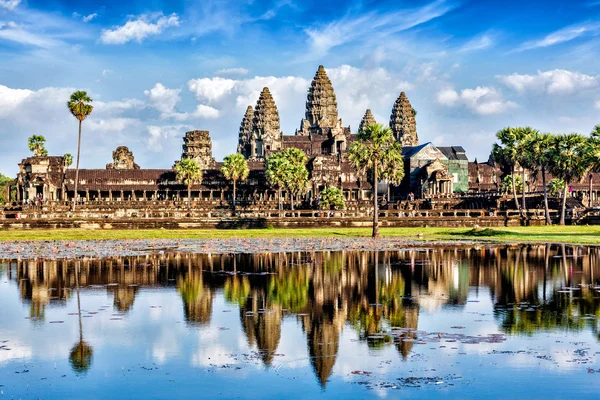
Cambodia’s crown jewel stands as the largest religious monument on Earth, covering an area roughly the size of 200 football fields. Built in the early 12th century, this temple complex was originally dedicated to Hindu gods before becoming a Buddhist site, showcasing the region’s religious evolution in stone.
The intricate carvings covering every surface tell epic stories from Hindu mythology, while the iconic lotus-bud towers create one of the most recognizable silhouettes in Asia. Watching sunrise paint the temple’s reflection in the surrounding moat is an experience that makes even the earliest wake-up call worth it.
Borobudur

Indonesia’s ancient Buddhist temple looks like a massive stone mandala dropped from the heavens onto the Java landscape. This 9th-century masterpiece features over 2,600 relief panels and 500 Buddha statues, each carved with incredible precision by artisans who clearly took pride in their work.
The temple’s design represents the Buddhist path to enlightenment—visitors literally climb from the earthly realm at the base to the spiritual realm at the top. Standing on the upper terraces at dawn, surrounded by misty volcanic peaks, feels like stepping into an ancient meditation retreat.
Like Travel Pug’s content? Follow us on MSN.
Halong Bay
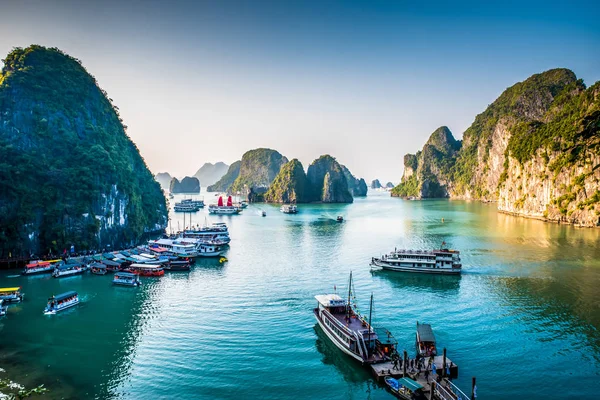
Vietnam’s emerald waters dotted with thousands of limestone karsts create a landscape so surreal it seems almost painted. These towering rock formations, some reaching 650 feet high, have been sculpted by millions of years of wind and water into shapes that spark the imagination. Local legends claim dragons once descended from heaven to help defend Vietnam, carving out the bay with their tails—a story that makes perfect sense when you’re floating among these mystical towers.
The best way to experience this UNESCO World Heritage Site is from a traditional junk boat, where you can kayak through hidden caves and lagoons.
Petronas Twin Towers
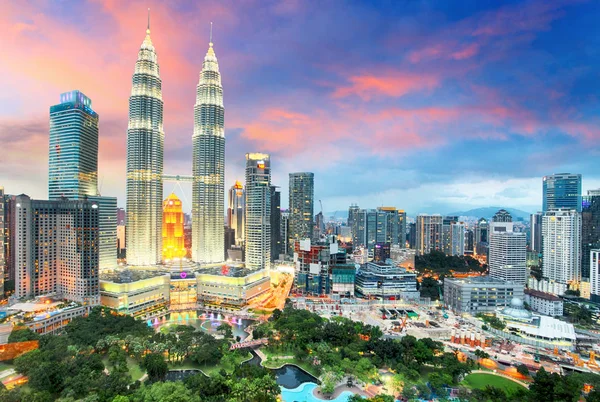
Malaysia’s gleaming giants dominated Kuala Lumpur’s skyline and held the title of world’s tallest buildings from 1998 to 2004, proving that Southeast Asia could build upward just as impressively as ancient civilizations built outward. These 88-story towers feature a distinctive Islamic-inspired design with stainless steel and glass facades that catch light like massive diamonds.
The sky bridge connecting the towers on the 41st and 42nd floors offers visitors a chance to walk between two architectural marvels 558 feet above street level. At night, the towers transform into glowing beacons that can be seen from miles away, serving as modern-day lighthouses for Malaysia’s capital.
Shwedagon Pagoda
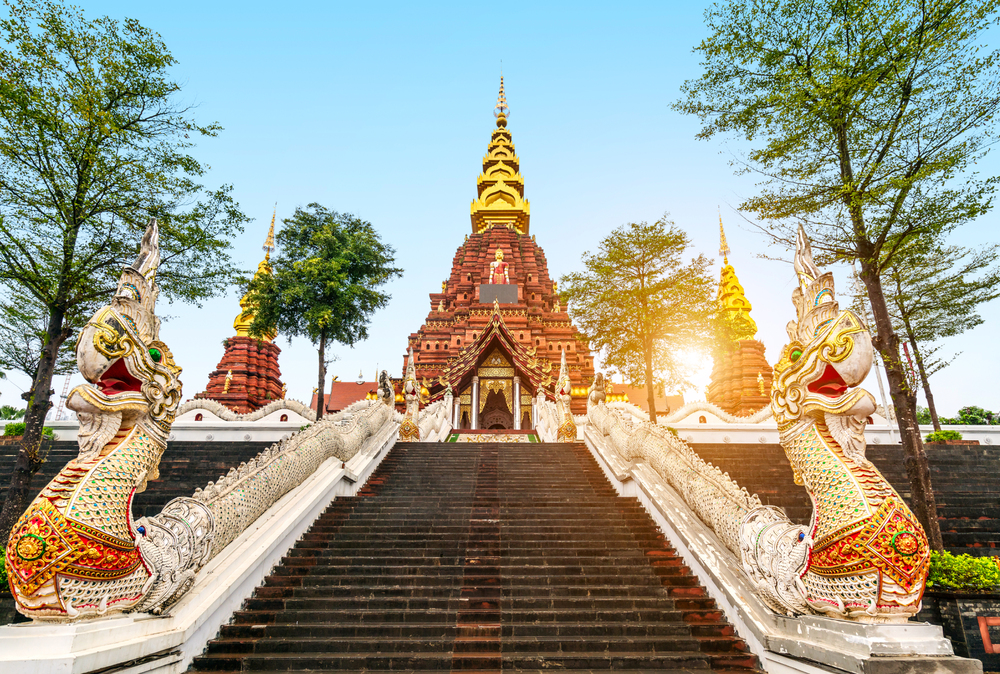
Myanmar’s golden wonder has been watching over Yangon for over 2,500 years, making it older than most civilizations and shinier than a freshly waxed sports car. The pagoda’s central stupa rises 326 feet and is covered in thousands of gold plates, topped with a crown containing over 5,000 diamonds and 2,000 other precious gems.
Pilgrims from across the Buddhist world come here to pray, meditate, and add more gold leaf to the already gleaming surface. The complex becomes particularly magical at sunset when the golden spire seems to set the entire sky ablaze.
Like Travel Pug’s content? Follow us on MSN.
Marina Bay Sands
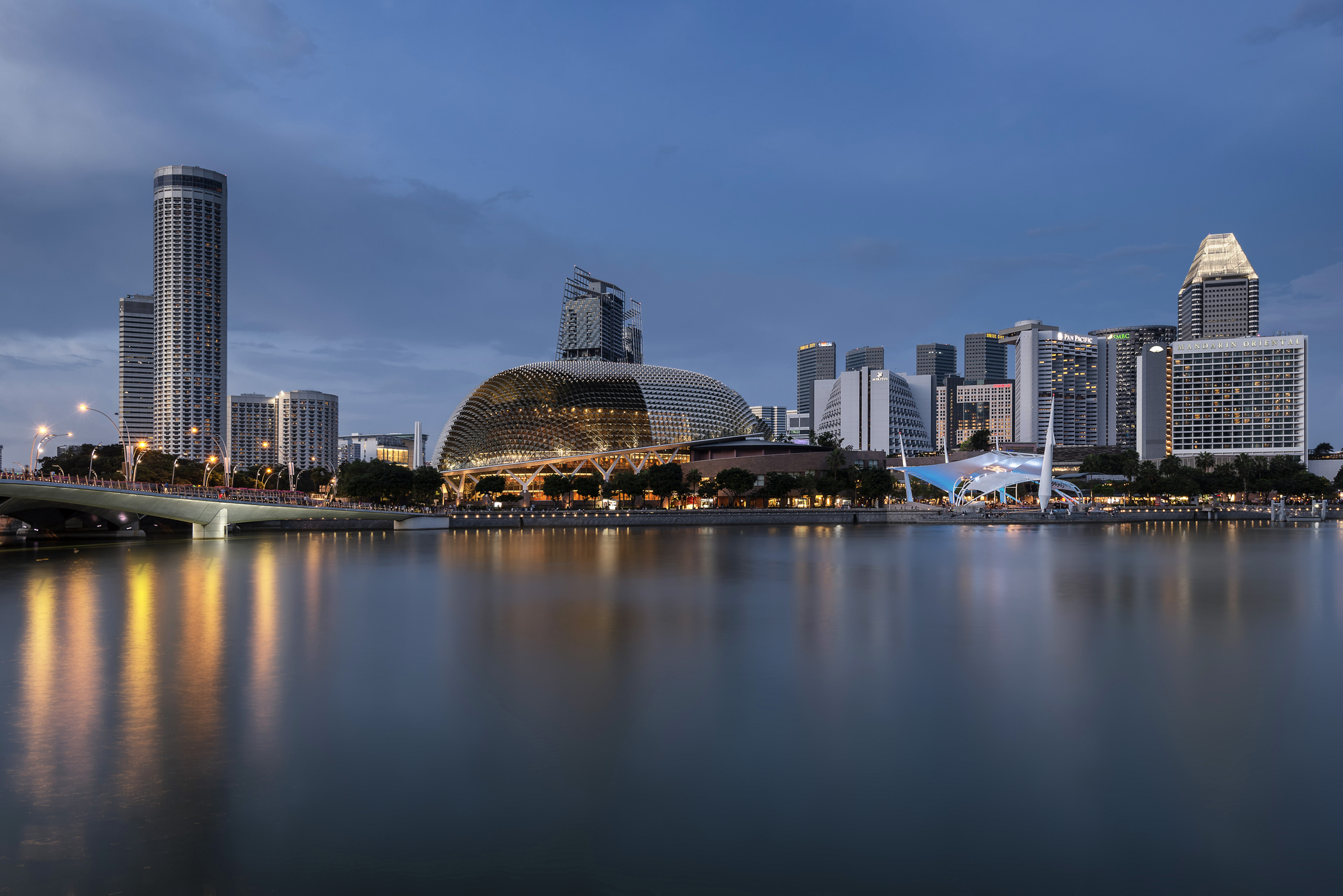
Singapore’s ship-in-the-sky design challenges everything you thought you knew about hotel architecture, looking like three towers decided to share the world’s most expensive surfboard. The 57th-floor SkyPark stretches 1.2 acres across the top of the three towers, featuring the world’s largest rooftop infinity pool and some of the best views in Southeast Asia.
This engineering marvel cost $5.7 billion to build and has become Singapore’s most photographed landmark since opening in 2010. The nightly light and water show projected onto the hotel’s facade turns the entire Marina Bay area into an open-air theater.
Bagan Archaeological Zone
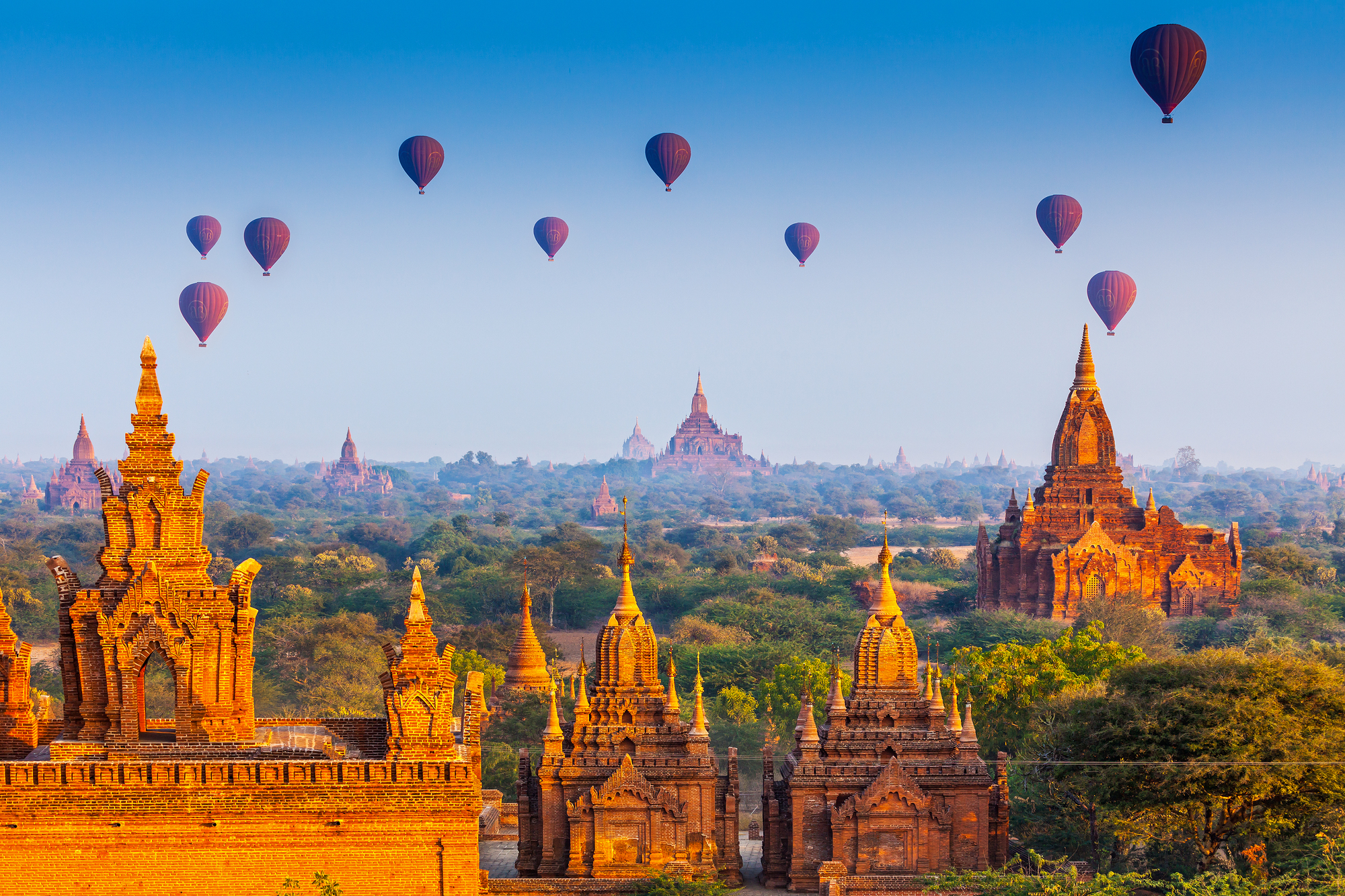
Myanmar’s ancient capital spreads across dusty plains dotted with over 2,000 Buddhist temples and pagodas, the survivors of an original collection that once numbered over 10,000. Built between the 11th and 13th centuries, these brick and stone monuments represent one of the world’s richest archaeological sites, where every sunrise reveals new silhouettes against the Myanmar sky.
The best way to appreciate Bagan’s scale is from a hot air balloon, floating above the temple tops while the Irrawaddy River winds through the landscape below. Each temple tells part of the story of the Pagan Kingdom, when this region was the heart of Southeast Asian Buddhism.
Mount Kinabalu

Borneo’s highest peak rises 13,435 feet above sea level, dominating Sabah’s landscape like a sleeping giant covered in one of the world’s most biodiverse ecosystems. This mountain hosts over 5,000 species of plants, including the world’s largest pitcher plants and numerous orchid varieties found nowhere else on Earth.
The climb to Low’s Peak takes most visitors two days, but the reward includes sunrise views across Borneo and the satisfaction of conquering Southeast Asia’s third-highest mountain. The mountain holds deep spiritual significance for the local Kadazan-Dusun people, who believe it’s the resting place of their ancestors’ spirits.
Like Travel Pug’s content? Follow us on MSN.
Wat Pho
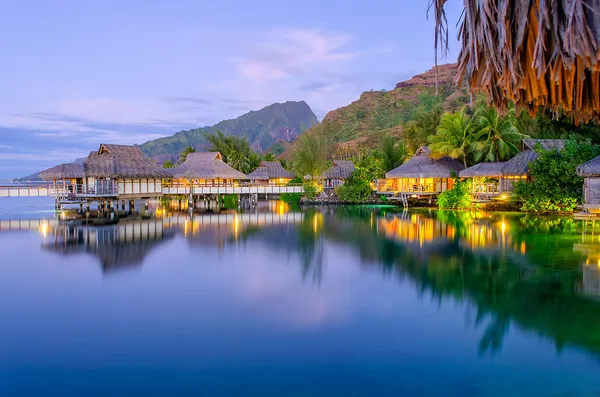
Bangkok’s Temple of the Reclining Buddha houses a golden giant that stretches 150 feet long and rises 50 feet high, making it impossible to photograph in its entirety without some serious backing up. This 18th-century temple complex is considered Thailand’s first university, where traditional Thai massage and medicine were taught for centuries before spreading worldwide.
The massive Buddha’s feet alone measure 16 feet long and are decorated with intricate mother-of-pearl inlays depicting the 108 auspicious characteristics of the Buddha. Beyond the famous reclining figure, Wat Pho contains over 1,000 Buddha images and serves as the headquarters of traditional Thai massage education.
Chocolate Hills
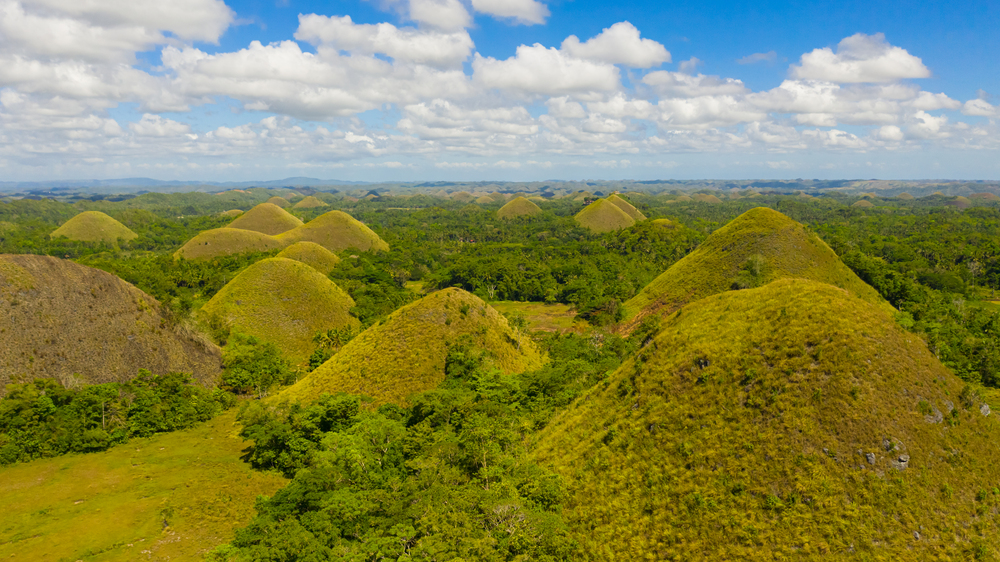
The Philippines’ geological candy collection consists of over 1,200 perfectly cone-shaped hills spread across Bohol Island, looking like a giant dropped chocolate kisses across the landscape. These limestone formations turn brown during the dry season, earning their sweet nickname, though they return to lush green during the rainy months.
Each hill rises between 100 and 160 feet high, created by millions of years of coral reef uplift and subsequent erosion that carved them into their distinctive shapes. Local legend claims these hills formed from the tears of a giant who lost his mortal lover, though geologists prefer the less romantic coral reef explanation.
Hoi An Ancient Town
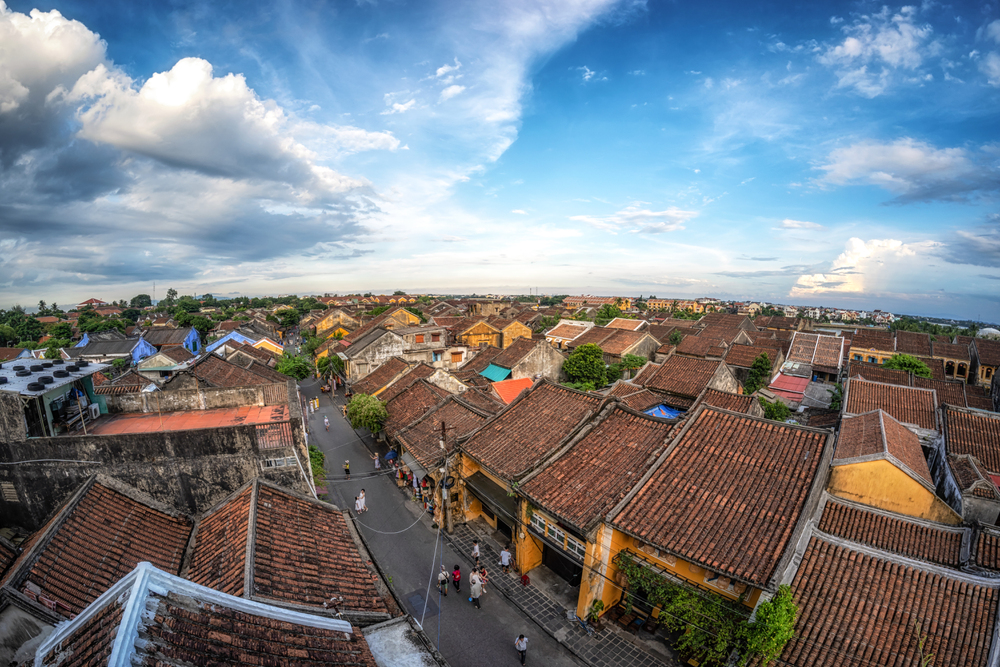
Vietnam’s lantern-lit time capsule preserves 15th to 19th-century architecture so well that walking its streets feels like stepping into a historical movie set. This former trading port showcases a unique blend of Vietnamese, Chinese, Japanese, and European influences, visible in everything from the iconic Japanese Covered Bridge to French colonial mansions.
The town’s tailors have gained international fame for creating custom clothing in record time, while the local cuisine represents some of Vietnam’s most refined cooking traditions. Every evening, hundreds of colorful silk lanterns illuminate the ancient streets and reflect in the Thu Bon River, creating one of Southeast Asia’s most romantic settings.
Like Travel Pug’s content? Follow us on MSN.
Phong Nha Cave
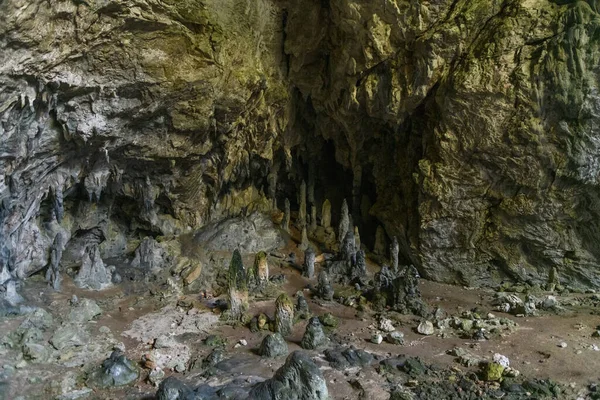
Vietnam’s underground masterpiece stretches over 4.5 miles through some of the world’s oldest limestone mountains, creating cathedral-sized chambers that dwarf most surface buildings. This cave system in Phong Nha-Ke Bang National Park features spectacular stalactite and stalagmite formations that have been growing for millions of years, some reaching heights of over 80 feet.
The cave’s underground river allows visitors to explore by boat, gliding through chambers so large they could fit entire city blocks while marveling at rock formations that look like frozen waterfalls. The acoustics inside are so perfect that even whispers echo dramatically, making every sound feel like part of nature’s own symphony.
Temple of Literature
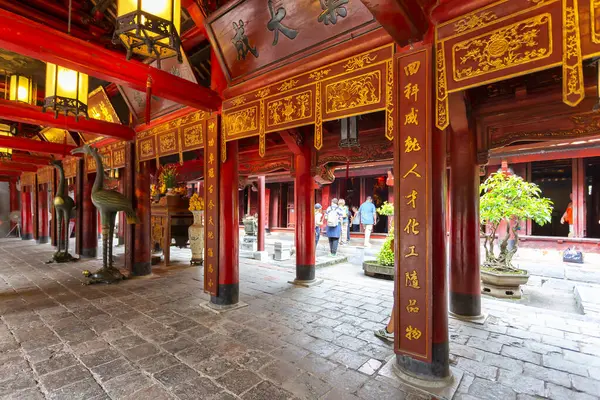
Vietnam’s first university, built in 1070 in Hanoi, represents Southeast Asia’s commitment to education and Confucian learning that shaped the region’s intellectual traditions. This temple complex honors Vietnam’s finest scholars and philosophers, with stone stelae commemorating doctoral graduates from centuries past arranged in peaceful courtyards.
The architecture follows traditional Vietnamese design principles, with curved rooflines, intricate wooden carvings, and gardens that provide quiet spaces for contemplation. Walking through the temple’s five courtyards feels like moving through Vietnam’s educational history, from ancient Confucian teachings to modern academic traditions.
Mount Bromo
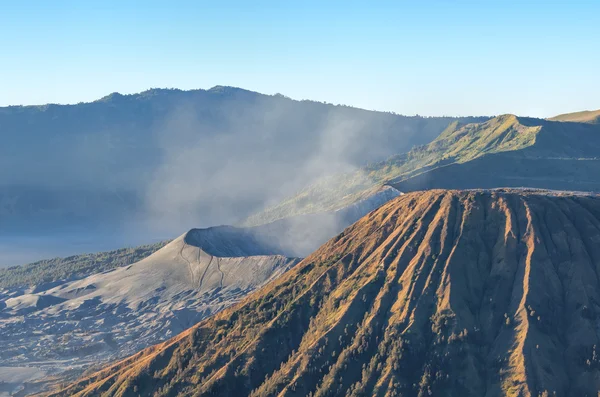
Indonesia’s smoking volcano creates an otherworldly landscape in East Java, where the mountain rises from a sea of volcanic sand like something from another planet. This active volcano sits inside the massive Tengger Caldera, surrounded by a desert of fine volcanic ash that creates an almost lunar surface.
The best time to visit is before dawn, when visitors can watch sunrise paint the volcanic landscape in shades of gold and red while Mount Bromo releases gentle puffs of steam. Local Tenggerese people consider the volcano sacred and hold annual ceremonies here, tossing offerings into the crater to appease the mountain spirits.
Like Travel Pug’s content? Follow us on MSN.
Prambanan Temple
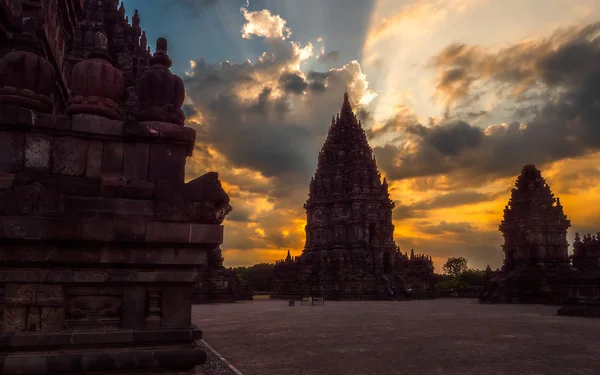
Indonesia’s largest Hindu temple complex showcases 9th-century Javanese architecture that rivals any ancient monument in scale and artistry. The central temples dedicated to the Hindu trinity of Brahma, Vishnu, and Shiva rise over 150 feet high, decorated with intricate relief carvings that tell stories from the Ramayana epic.
This temple complex originally contained 240 temples, though earthquakes and time have reduced that number significantly, leaving the most impressive structures to tell the story of Java’s Hindu period. The temple’s location on a plain surrounded by volcanoes creates dramatic backdrops, especially during sunset when the ancient stones glow golden against the darkening sky.
Sultan Omar Ali Saifuddien Mosque
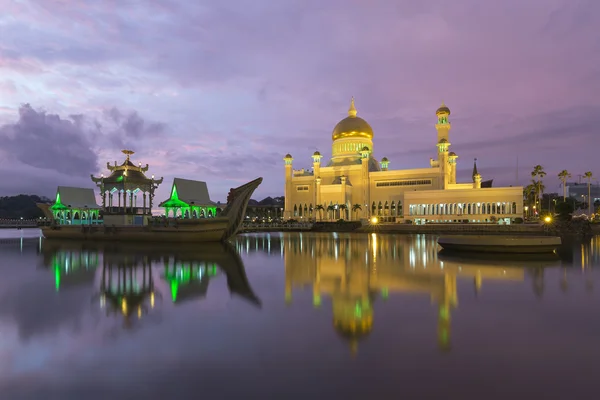
Brunei’s golden-domed masterpiece reflects in an artificial lagoon in the heart of Bandar Seri Begawan, creating double the visual impact of this stunning Islamic architecture. Completed in 1958, the mosque combines traditional Islamic design with modern construction techniques, featuring Italian marble, English chandeliers, and carpets from Belgium.
The mosque’s 170-foot golden dome dominates the city skyline, while its minaret rises even higher at 180 feet, calling the faithful to prayer across the capital. The surrounding lagoon contains a replica of a 16th-century royal barge, adding to the mosque’s reflection and creating one of Southeast Asia’s most photographed religious sites.
Intramuros
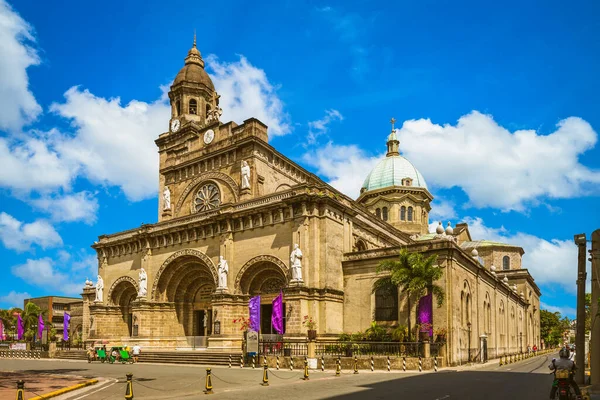
The Philippines’ walled city in Manila preserves Spanish colonial architecture within 25-foot-thick stone walls that once protected the seat of Spanish power in Southeast Asia. Built in the late 16th century, this fortress city contains churches, government buildings, and residences that showcase 300 years of Spanish colonial influence.
Fort Santiago, the citadel within the walls, served as a prison where Philippine national hero José Rizal spent his final days before execution. Today, horse-drawn carriages carry visitors through cobblestone streets lined with museums, restaurants, and carefully restored colonial buildings that transport you back to the Spanish colonial era.
Like Travel Pug’s content? Follow us on MSN.
Where Ancient Meets Modern
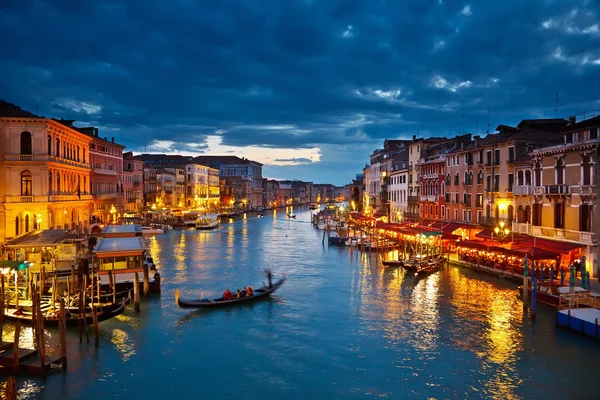
These landmarks prove that Southeast Asia doesn’t just preserve its past—it celebrates it while boldly building toward the future. From Angkor’s ancient stones to Singapore’s soaring towers, each site represents a different chapter in the region’s incredible story of adaptation, creativity, and resilience.
The beauty lies not just in individual monuments, but in how they collectively showcase a region that has always been a crossroads of cultures, religions, and ideas. Whether you’re drawn to spiritual temples, natural wonders, or architectural marvels, Southeast Asia offers landmarks that will stick with you long after you’ve returned home.
These 16 destinations represent just the beginning of what this remarkable region has to offer to curious travelers.
More from Travel Pug

- 20 Best Beach Towns in the Carolinas
- 13 Destinations Where Tourists Regularly Regret Their Trip
- 20 Things You Actually Get in First Class
- 20 Small Airports With Aviation Museums
- 20 Places in the U.S. That Are Perfect for a Reset Trip
Like Travel Pug’s content? Follow us on MSN.
